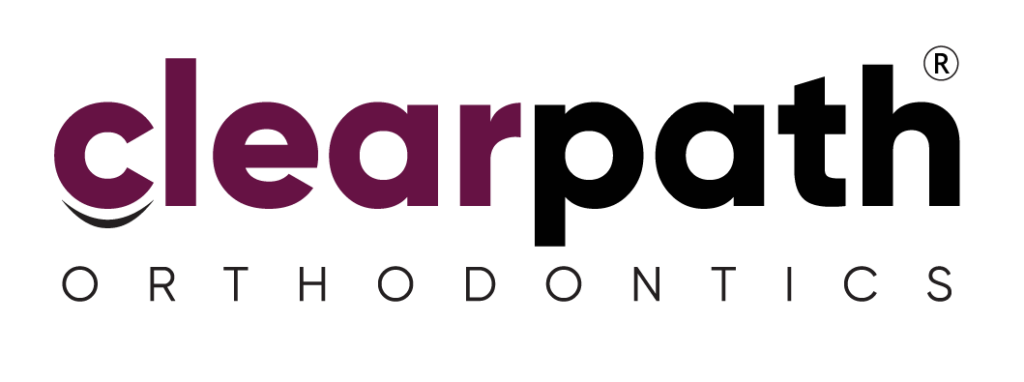Dispose Clear Aligners Responsibly
Protect Hygiene, Preserve the Planet
Get Started
with Your Perfect Smile!
How to Responsibly Dispose of Used Clear Aligner Trays
Clear aligners have transformed orthodontics with their comfort, aesthetics, and effectiveness. But as millions embrace these innovative trays, a new concern arises: how do we responsibly dispose of used clear aligner trays?
While aligners help us achieve a straighter, healthier smile, they also generate plastic waste that can impact our planet. In this article, we’ll explore the right way to dispose of clear aligners, the materials they’re made from, and how you can contribute to a cleaner, greener future.
Read More: How to Manage Clear Aligners While Fasting
What Are Clear Aligner Trays Made Of?
Clear aligners, including those from ClearPath Orthodontics, are made from medical-grade thermoplastics. These include PETG (Polyethylene Terephthalate Glycol), TPU (Thermoplastic Polyurethane), and Multilayer Copolyesters. These materials are chosen for their flexibility, durability, and safety. But while they’re ideal for aligning teeth, they pose challenges for standard recycling methods due to their mixed composition.
Environmental Impact of Clear Aligners
A typical clear aligner treatment involves changing trays every 1–2 weeks. Multiply that by the number of users globally, and we’re looking at a substantial plastic footprint. The problem? These trays are not accepted by traditional recycling systems, take decades (if not centuries) to break down, and contribute to landfill overflows and greenhouse gases. The disposal of orthodontic aligners is a rising environmental concern, and patients and providers alike must work together toward a more sustainable solution.
Traditional Disposal Methods
The most common method—throwing clear aligners in the trash—may seem easy, but it’s far from eco-friendly. Thermoplastics linger for years in landfills, contribute to greenhouse gas emissions as waste decomposes, and provide no reuse value due to the complexity of their plastic makeup. This method is unfortunately widespread but should be considered a last resort.
The Right Way to Dispose of Clear Aligners
The most responsible way to dispose of your aligners is through specialized recycling initiatives or eco-conscious disposal steps. Check with your aligner provider for available recycling options (some offer mail-back programs), clean your clear aligners before discarding them, and wrap aligners in tissue or biodegradable material if recycling is unavailable. While not all regions offer aligner recycling yet, steps like these reduce contamination and keep waste contained.
Aligner-Specific Recycling Programs
Companies like TerraCycle and some progressive aligner brands have introduced recycling programs for clear aligners. You collect your used trays in a designated container, drop them off at your dental clinic or mail them to a recycling facility. Aligners are processed into reusable materials like construction plastic or composite furniture. If you’re a ClearPath Orthodontics patient, ask your provider if this option is available in your area.
Read More: Clear Aligner Travel Hacks for People on the Go
How to Participate in a Recycling Program
Want to recycle your aligners? Here’s a simple 3-step process:
Step 1: Rinse Thoroughly
Rinse aligners with clean water to remove saliva and residue.
Step 2: Follow Instructions from Your Provider
Your orthodontist may give you specific containers or bags to collect the aligners.
Step 3: Return or Ship
Drop off your container at the clinic or use a mail-in label to ship it to the recycler. Consistency is key—every aligner counts in this green effort!
Real Results Without Attachments
Most Invisalign treatments require attachments or buttons—small composite bumps that are bonded to teeth to assist movement.
ClearPath, on the other hand, can treat many cases without any visible attachments, making the aligners truly invisible and far more convenient for cleaning and comfort.
Why ClearPath is Ideal for Pakistan
Affordability: Makes treatment accessible to more people
Cultural Compatibility: ClearPath aligners are discreet and align with modest social preferences
Availability: No long waits due to import
Local Expertise: Experienced orthodontists familiar with South Asian dental cases
Alternate Disposal Methods
If recycling isn’t available in your area, follow these steps. First, clean your clear aligners to prevent contamination. Then, wrap them securely in tissue or biodegradable paper. Finally, dispose of them in regular trash, avoiding public litter bins. This isn’t a perfect solution, but it’s more responsible than tossing aligners directly into the trash without cleaning or wrapping.
Tips to Clean Your Clear Aligners Before Disposal
Before disposal, take a moment to clean your aligners. Use lukewarm water and mild soap, avoid boiling or using harsh chemicals, and let them air dry before wrapping or storing. Clean aligners are safer to handle and minimize biohazard risks during disposal or recycling.
A Greener Future for Orthodontics
As the orthodontic industry grows, so does its environmental responsibility. Here’s what the future may hold: biodegradable aligner materials in development, expanded global recycling programs, and awareness campaigns by leading providers like ClearPath Orthodontics. Every patient can contribute to a cleaner planet by staying informed and choosing sustainable practices.
Conclusion
Your journey to a perfect smile doesn’t have to harm the planet. With the right knowledge and a little effort, you can responsibly dispose of clear aligner trays and contribute to a greener future.
Whether you’re recycling through a dedicated program or taking alternate disposal steps, every action counts. And with companies like ClearPath Orthodontics leading the charge in sustainability, the future looks bright—for your smile and the environment.
Start your sustainable smile journey today—because a confident smile should never cost the Earth.
